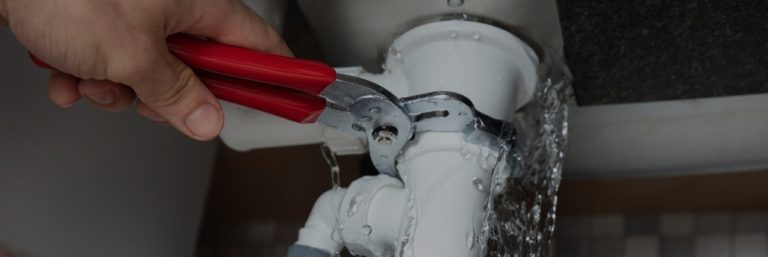The article author is making a number of great annotation on the subject of Detecting hidden plumbing leaks as a whole in this article followed below.

Early discovery of leaking water lines can reduce a potential calamity. Some small water leakages might not be visible.
1. Take A Look At the Water Meter
Every house has a water meter. Inspecting it is a surefire way that helps you uncover leakages. For starters, turn off all the water resources. Guarantee no person will flush, use the tap, shower, run the washing machine or dish washer. From there, go to the meter and also watch if it will transform. Considering that no one is using it, there need to be no motions. That suggests a fast-moving leak if it relocates. Furthermore, if you detect no changes, wait an hour or more and examine back once more. This means you might have a slow-moving leakage that could also be underground.
2. Check Water Consumption
If you detect abrupt modifications, despite your consumption being the very same, it implies that you have leaks in your plumbing system. An unexpected spike in your bill shows a fast-moving leak.
A steady increase every month, even with the exact same habits, reveals you have a sluggish leak that's also gradually escalating. Call a plumber to completely examine your residential property, especially if you really feel a warm area on your flooring with piping underneath.
3. Do a Food Coloring Examination
30% comes from toilets when it comes to water consumption. Examination to see if they are running appropriately. Decrease flecks of food shade in the storage tank as well as wait 10 minutes. There's a leak between the tank and also bowl if the shade in some way infiltrates your dish during that time without flushing.
4. Asses Outside Lines
Don't neglect to check your exterior water lines as well. Ought to water leak out of the link, you have a loose rubber gasket. One tiny leak can waste lots of water and also spike your water expense.
5. Evaluate and Evaluate the Circumstance
Homeowners ought to make it a habit to examine under the sink counters and even inside cabinets for any type of bad odor or mold and mildew development. These two red flags suggest a leak so punctual focus is called for. Doing routine examinations, also bi-annually, can conserve you from a significant trouble.
Extra notably, if you recognize your residence is currently old, keep a watchful eye on your heating units, hose pipes, pipes and so on. Look for stainings as well as compromising as the majority of pipes as well as home appliances have a life span. They will also naturally degrade as a result of wear and tear. Do not wait for it to rise if you suspect dripping water lines in your plumbing system. Call a specialist plumber immediately so you don't end up with a horrible mess in your home.
Early discovery of leaking water lines can alleviate a prospective calamity. Some small water leaks may not be noticeable. Inspecting it is a surefire method that aids you find leakages. One little leak can lose loads of water and also spike your water expense.
If you believe leaking water lines in your plumbing system, don't wait for it to intensify.
WARNING SIGNS OF WATER LEAKAGE BEHIND THE WALL
PERSISTENT MUSTY ODORS
As water slowly drips from a leaky pipe inside the wall, flooring and sheetrock stay damp and develop an odor similar to wet cardboard. It generates a musty smell that can help you find hidden leaks.
MOLD IN UNUSUAL AREAS
Mold usually grows in wet areas like kitchens, baths and laundry rooms. If you spot the stuff on walls or baseboards in other rooms of the house, it’s a good indicator of undetected water leaks.
STAINS THAT GROW
When mold thrives around a leaky pipe, it sometimes takes hold on the inside surface of the affected wall. A growing stain on otherwise clean sheetrock is often your sign of a hidden plumbing problem.
PEELING OR BUBBLING WALLPAPER / PAINT
This clue is easy to miss in rooms that don’t get much use. When you see wallpaper separating along seams or paint bubbling or flaking off the wall, blame sheetrock that stays wet because of an undetected leak.
BUCKLED CEILINGS AND STAINED FLOORS
If ceilings or floors in bathrooms, kitchens or laundry areas develop structural problems, don’t rule out constant damp inside the walls. Wet sheetrock can affect adjacent framing, flooring and ceilings.
https://www.servicemasterbyzaba.com/blog/how-to-detect-water-leakage-in-walls/

I am just very curious about Locating water leaks and I am assuming you enjoyed reading the post. Are you aware of another person who is truly interested in Detecting hidden plumbing leaks? Take a moment to share it. Thanks for taking the time to read it.